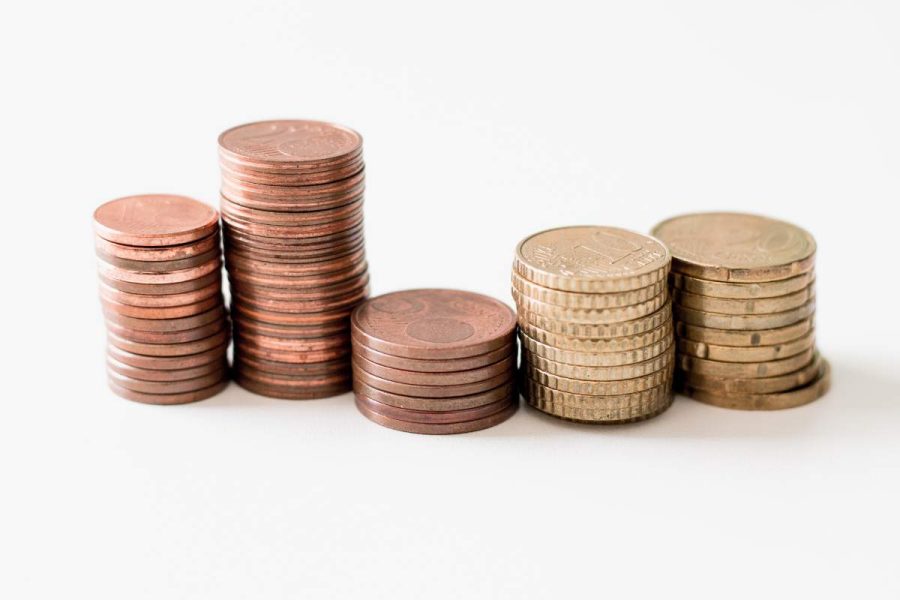Sharing the top money deals plus the latest news and tips
If you want a better idea of where to go for the best deals on savings, credit cards, loans and bank accounts, Moneycomms is here to help

My latest financial insights…

The top savings accounts for business customers – 4.33% easy access and 5.15% 12 months fixed
The last couple of years have been rewarding for savers with interest rates reaching levels not seen for fifteen years or more. It’s not just …






